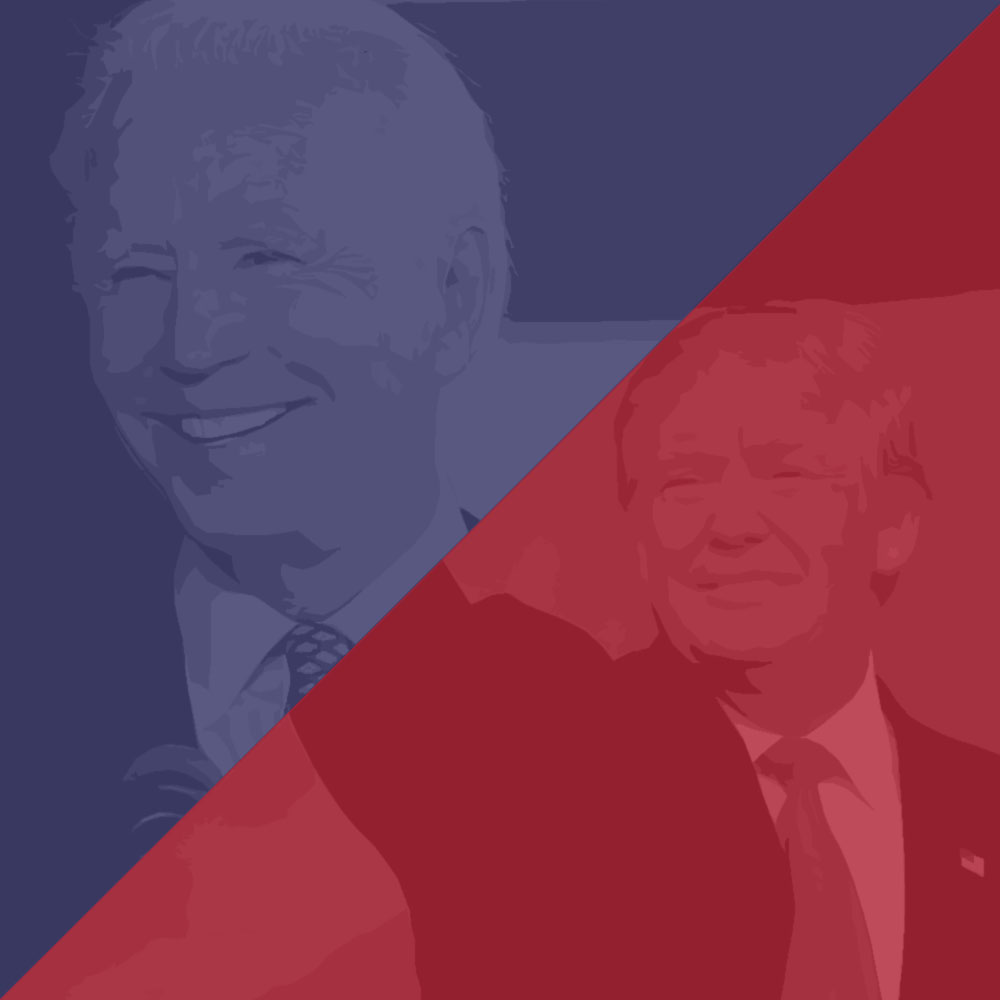The 2020 presidential election could bring significant changes to the U.S. health care system. Democratic presidential nominee Joe Biden and President Donald Trump hold varying views on topics such as the future of the Affordable Care Act (ACA), which the U.S. Supreme Court will consider in November 2020.
The chart below provides a brief overview of each candidate’s health care platform, planned COVID-19 response and stance on the open U.S Supreme Court seat, so that you can better understand how this election may affect the employee benefits landscape.
If you have trouble viewing the chart below, click here to download the pdf.
 |
 |
|
U.S. Supreme Court Seat |
Wants the winner of the election to appoint the next U.S. Supreme Court nominee, and calls for Judge Amy Coney Barrett’s nomination to be withdrawn if Trump loses the election. | Has nominated Judge Amy Coney Barrett for the U.S. Supreme court, which could further tip the balance of the court in favor of conservatives. |
The Affordable Care Act (ACA) |
Wants to expand the ACA. | Wants to repeal the ACA and has used executive actions to limit it. Trump’s Supreme Court nominee, Judge Barrett, has questioned elements of the ACA in previous writings. |
COVID-19 Response |
Wants the federal government to lead a response focused on increased access to testing and personal protective equipment (PPE), as well as an equitable distribution of any potential vaccines. Biden also wants to eliminate out-of-pocket expenses for testing and treatment. | Generally allows individual states to manage their response, and supports prioritizing development and delivery of a COVID-19 vaccine. |
Prescription Drugs |
Supports some forms of importing drugs to lower costs and wants to allow Medicare to negotiate lower drug prices with drug corporations. | Wants to base the cost of some Medicare drugs on costs in other countries where medicine tends to be cheaper; supports some forms of imported drugs from other countries to lower prices. |
Mental Health Access |
Wants to expand funding for mental health care through the ACA and reinforce mental health care parity laws. | Wants to expand mental health awareness and access for veterans. |
Public Option |
Supports a public option serving as an alternative for private insurance. | Does not support a public option at this time. |
Medicare |
Wants to expand Medicare, including a plan to lower the eligibility age from 65 to 60. | Has repeatedly vowed to “protect” Medicare and implemented policies expanding payment for services such as telehealth. |
Medicaid |
Wants to expand Medicaid and allow enrollees to enroll in a proposed public option. | Supports limitations to Medicaid eligibility and caps on spending growth. |
Medical Pricing Transparency |
Wants to improve pricing transparency and stop surprise medical billing. | Wants to improve pricing transparency and previously passed executive orders with the intention of providing Americans with accurate costs prior to receiving medical care. |
Like any election, how and if these platforms are achieved post-election remains to be seen. However, understanding each candidate’s positions will allow you to better understand how this election could impact the employee benefits industry, and prepare your organization accordingly.
Sources: Healthline, SHRM, REUTERS, Forbes


